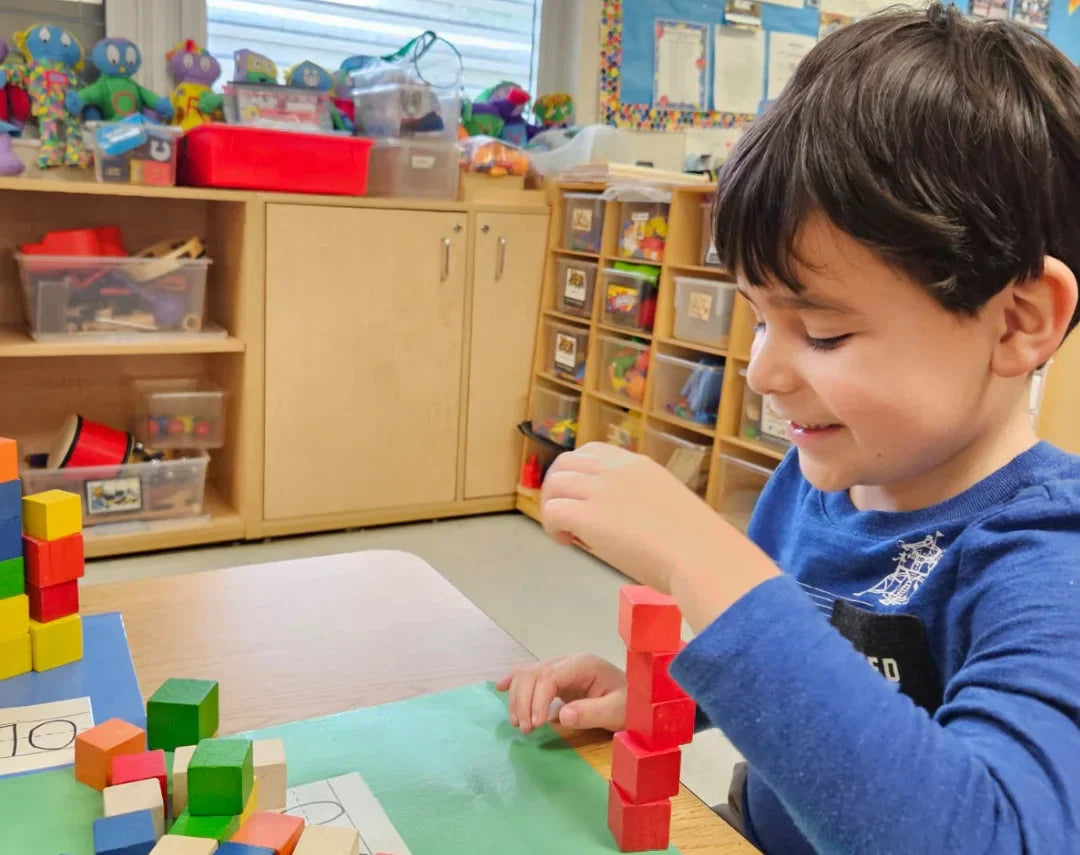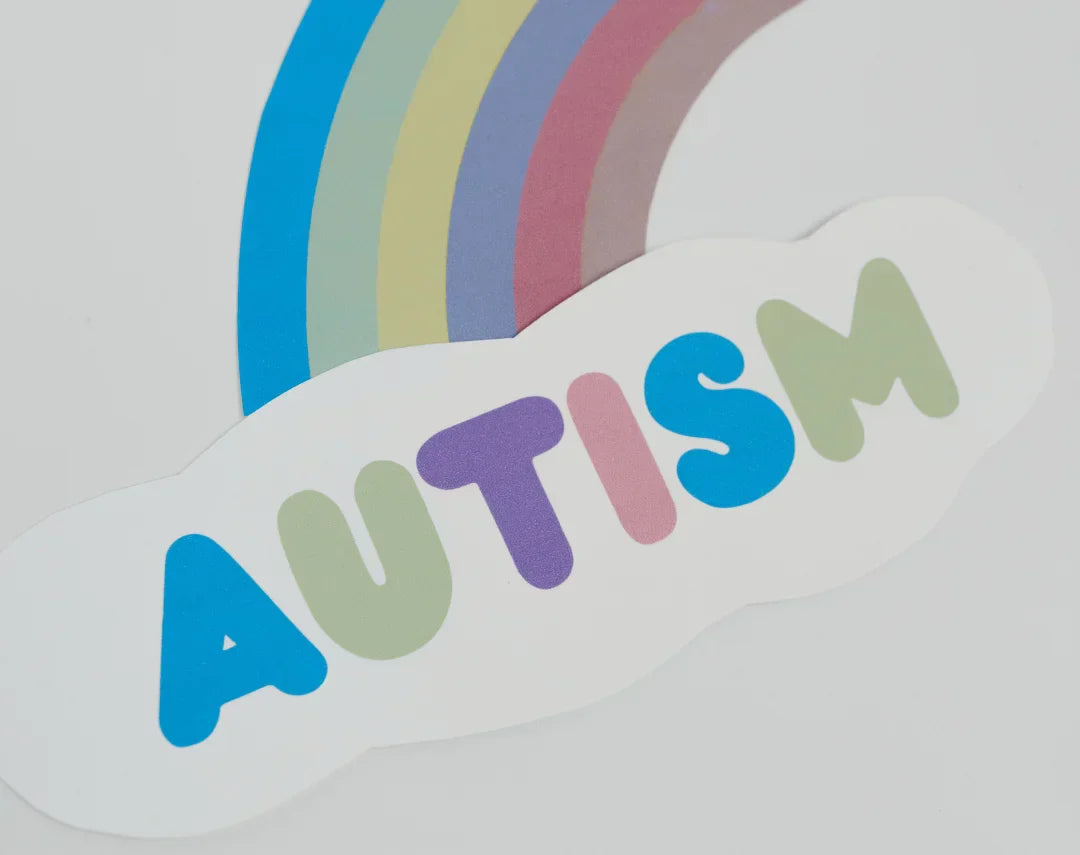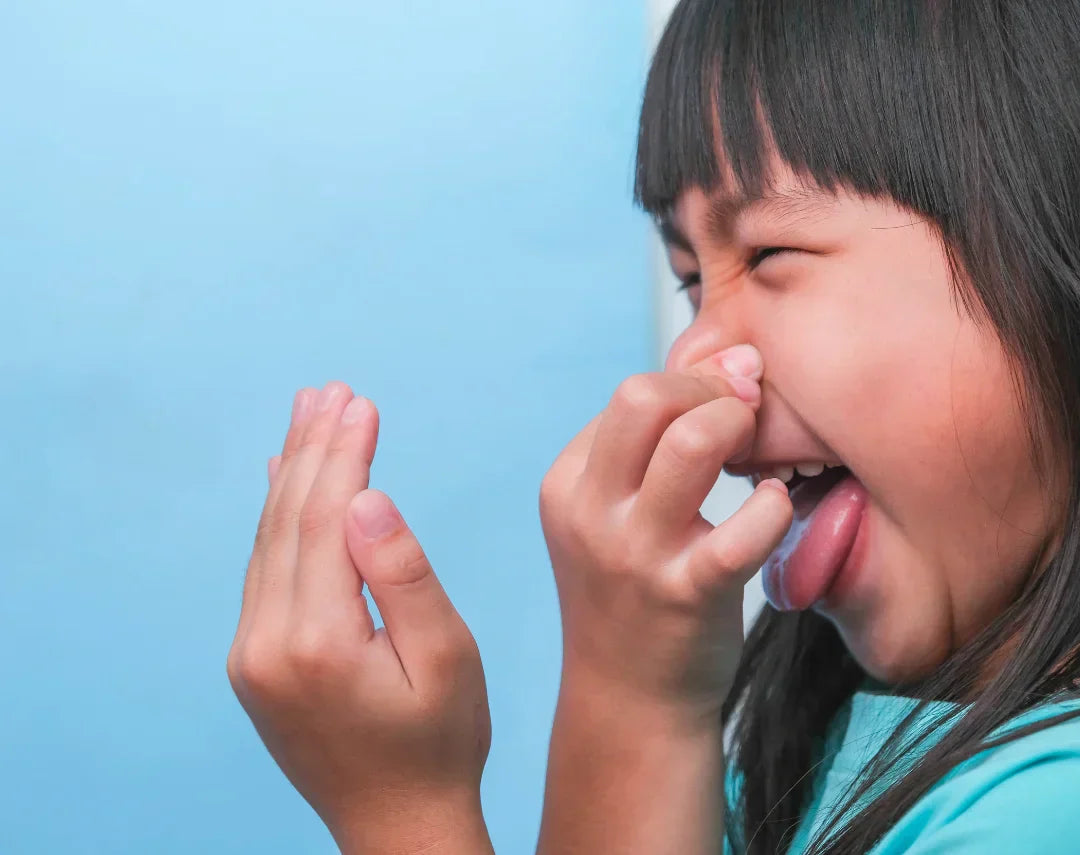
How to Recognize Autism Spectrum Disorder in Children
Autism spectrum disorder (ASD) is a condition that affects how a child communicates, relates to others, and behaves. ASD can be hard to diagnose, especially in young children, because it can manifest differently in each child. However, there are some signs and symptoms that parents and caregivers can look for to help them identify ASD in their children. Here are some of them:
Loss of verbal or physical skills: Some children with ASD may show a regression or loss of skills that they had previously acquired, such as talking, walking, or playing. This can happen around 18 to 24 months of age or later.
Echolalia: Some children with ASD may repeat words or phrases they hear immediately or after a delay. They may also answer questions with the same question asked or use scripted language from movies or books.
Hearing problems: Some children with ASD may act as if they are deaf or hard of hearing and may not respond to their names or other sounds. However, they may also be susceptible to certain noises, such as the blender or the microwave, and may cover their ears or get upset.
Eye contact: Some children with ASD may avoid or have difficulty making eye contact with others. They may also have trouble following the gaze or pointing of others or using their gaze or pointing to communicate.
Object fixation: Some children with ASD may obsess over particular objects, such as spinning tops, cars, or trains, and may play with them for hours without getting bored. They may also focus on parts of objects, such as wheels or buttons, rather than the whole object6.
Toy use: Some children with ASD may not show interest in toys or may not use them appropriately. For example, they may not pretend to feed a doll or make a car go vroom. They may also prefer to play alone or parallel to others rather than with others.
Object carrying: Some children with ASD may carry many toys or objects from one place to another without meaning or purpose. They may also have difficulty letting go of their objects or sharing them with others.
Object lining or stacking: Some children with ASD may tend to line up or stack objects, such as blocks, books, or cars, in a precise order or pattern. They may get upset if their order or pattern is disturbed or changed.
Social disinterest: Some children with ASD may show little or no interest in their surroundings and other people. They may not smile, wave, greet others, or initiate or respond to social interactions. They may also have trouble understanding the feelings and perspectives of others.
Name response: Some children with ASD may not respond to their name when called, even when there is no hearing problem. They may also not look at the person calling them or acknowledge their presence.
The instruction follows: Some children with ASD may not obey or follow simple instructions, such as "Come here" or "Put that down." They may also not understand gestures, such as nodding or shaking the head, or facial expressions, such as smiling or frowning.
Hand leading: Some children with ASD may not ask for what they want verbally or nonverbally but instead take someone's hand and direct them to what they like. They may also use someone's hand as a tool, such as to open a door or turn on a light.
Physical contact: Some children with ASD may reject or resist physical contact, such as hugging, kissing, or holding hands. They may not like to be touched or picked up or may stiffen or pull away when touched. They may also not seek comfort or affection from others when hurt or upset.
Hand flapping: Some children with ASD may flap their hands, fingers, or arms rhythmically and constantly, incredibly, when excited or anxious. This is one of the most common forms of self-stimulation or stimming, a repetitive behavior that helps regulate sensory input or emotions.
Spinning or rocking: Some children with ASD may spin or rock their body or head independently, often for long periods. This is another form of stimming that can provide sensory stimulation or calmness.
Object spinning: Some children with ASD may spin objects, such as coins, lids, or wheels, for long periods and may be fascinated by the movement or sound. This is another form of stimming that can provide sensory stimulation or focus.
Staring: Some children with ASD may stare at a point, such as a light, a fan, or a corner, as if hypnotized and may not respond to others. This is another form of stimming that can provide sensory stimulation or relaxation.
Toe walking: Some children with ASD may walk on their toes, like ballet dancers, rather than on their whole feet. This can be due to sensory issues, muscle tone, or habit and may cause problems with balance or posture.
Activity level: Some children with ASD may be hyperactive (very restless) or hypoactive (extremely passive) or may switch between the two. They may have trouble sitting still, paying attention, following rules, or showing little interest or motivation.
Aggression or self-injury: Some children with ASD may show aggression towards others, such as hitting, biting, or scratching, or may harm themselves, such as banging their head, biting their hand, or pulling their hair. This can be due to frustration, stress, pain, or sensory overload and may require professional intervention.
Order and routine: Some children with ASD may be obsessed with order and routine and may insist on doing things the same way every time. They may have difficulty coping with changes, such as a new teacher, a different route, or a different menu, and may react with anger or anxiety.
Tantrums: Some children with ASD may have frequent and intense tantrums for no apparent reason or because they did not get what they wanted. They may scream, cry, kick, or throw things, making it hard to calm down. They may also have meltdowns, similar to tantrums, but caused by sensory overload or emotional distress.
Laughter: Some children with ASD may have episodes of laughter for no apparent reason or at inappropriate times or situations. They may not understand humor, sarcasm, or irony or may laugh to cope with stress or anxiety.
Skills: Some children with ASD may have some skills, such as patterns, shapes, or numbers, that are highly advanced, while others are non-existent. They may also have unique talents or interests, such as music, art, or animals, that they excel at or are passionate about.
These are some of the signs and symptoms that can help parents and caregivers recognize ASD in their children. However, it is essential to note that not all children with ASD have all or any of these signs and that some of these signs may also be present in children without ASD. Therefore, the best way to diagnose ASD is to consult a qualified professional, such as a pediatrician, a psychologist, or a psychiatrist, who can conduct a comprehensive evaluation and provide appropriate treatment and support.
If you suspect that your child may have ASD, do not hesitate to seek help as soon as possible. Early intervention can make a big difference in your child's and your family's development and well-being.
For more information, please visit:
CDC: Autism Spectrum Disorder
CDC: Signs and Symptoms of Autism Spectrum Disorder
Mayo Clinic: Autism Spectrum Disorder is a condition
Instruction Following: What You Need to Know]



